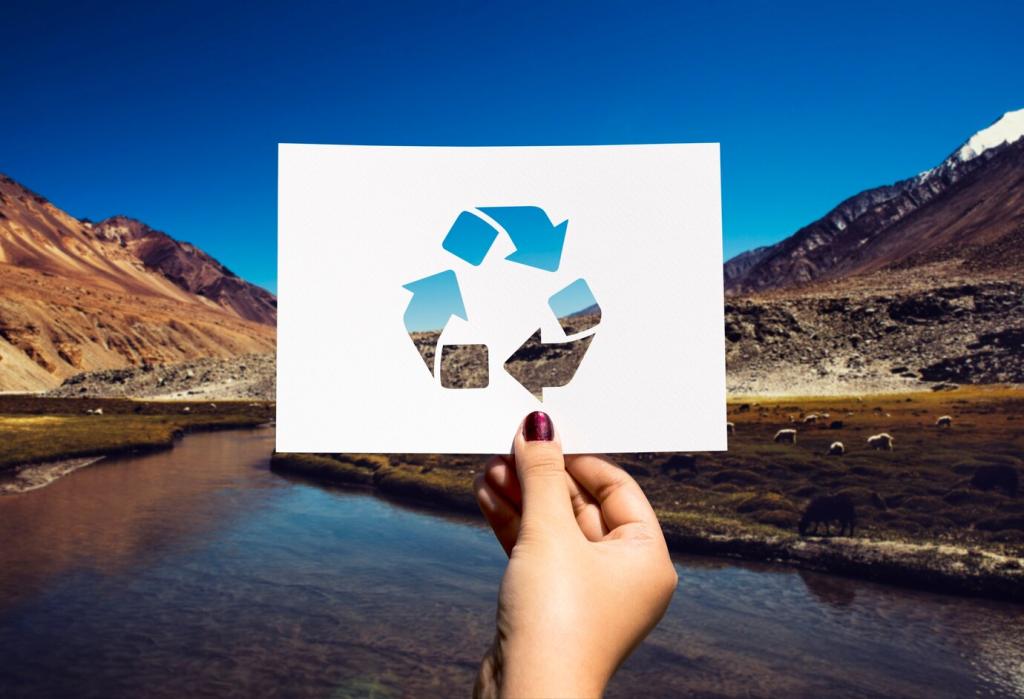Targeted Tactics For Tricky Stains
Blot excess oil, dust with cornstarch or chalk to absorb, then massage a drop of plant-based dish soap with warm water. Rinse and repeat, avoiding hot water that can set marks. Share which brand of gentle soap wins on your aprons and tees.
Targeted Tactics For Tricky Stains
Use cold water first, never hot, to prevent proteins from cooking into fibers. Follow with an enzyme-based solution or a short peroxide spot treatment on whites. A runner wrote us after salvaging a jersey post race using this exact routine. What is your best cold water save?
Targeted Tactics For Tricky Stains
Blot immediately, apply a splash of club soda, then treat with diluted vinegar before laundering. For sturdy whites, an oxygen bleach soak finishes the job. Colors need testing first. Tell us which berry season trick spared your tablecloth last summer.



